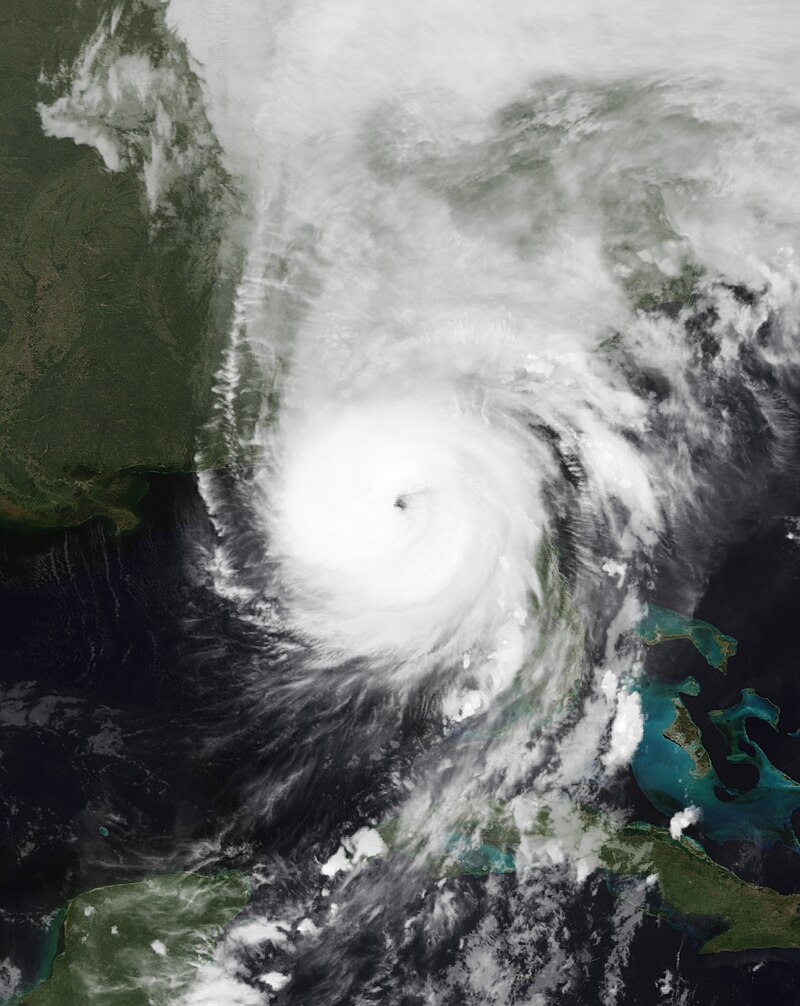Understanding Physical Risks¶
In 2024, the world experienced a surge in natural disasters, leading to significant human and economic losses. The total economic impact reached approximately $320-368 billion, with only about 40% of these losses covered by insurance, highlighting a substantial protection gap.
Natural Disasters in 2024 and Their Financial Toll¶
Cyclone Chido – Mayotte¶
In December 2024, Cyclone Chido struck Mayotte, a French overseas territory, with record-breaking winds (>200km/h) and heavy rains. The cyclone left widespread destruction, killed at least 39 people, and caused $3.9 billion in damages. Recovery has been particularly difficult due to the island’s geographic isolation and limited local capacity.

Typhoon Yagi – Southeast Asia¶
Sweeping across the Philippines, Laos, Myanmar, Vietnam, and Thailand, Typhoon Yagi triggered flash floods and landslides that displaced thousands and destroyed agricultural livelihoods. These impacts were especially severe in rural communities where insurance and infrastructure are limited.
Earthquake in Vanuatu¶
A 7.3 magnitude quake near Port Vila affected nearly a third of Vanuatu’s population. The damage—about $231.7 million—amounts to a significant portion of the nation’s GDP, reflecting how one event can deeply affect smaller economies.
Flooding in Spain and Hungary¶
Europe also faced disasters—Storm Boris led to serious flooding in Spain, while Budapest experienced its worst flood in a decade. Despite both being in the EU, differences in funding and infrastructure led to varied recovery outcomes.
Brazil: Devastating Floods in Rio Grande do Sul¶
In May 2024, the southern Brazilian state of Rio Grande do Sul experienced catastrophic flooding, resulting in 183 fatalities and displacing over 420,000 people. The economic impact was substantial, with damages estimated at approximately 97 billion reais. This disaster underscored the region's vulnerability to extreme weather events and prompted local authorities to consider enhancing flood resilience and transitioning towards renewable energy sources.
Hurricanes in the United States¶
In 2024, the U.S. experienced 27 separate billion-dollar weather and climate disasters, making it one of the most destructive years on record.

Two major hurricanes—Helene (220 km/h) and Milton (195 km/h)—caused a combined $114 billion in damages. Hurricane Helene alone resulted in over 200 fatalities and $79.6 billion in losses, bringing catastrophic flooding to the Southeast. Hurricane Milton followed soon after, hitting Florida with Category 3 winds, storm surges, and tornadoes, leaving millions without power.
Economic and Insurance Implications¶
The increasing frequency and severity of natural disasters have strained the insurance industry. In 2024, insured losses reached $145 billion, making it one of the costliest years on record for insurers. The substantial uninsured losses underscore the need for improved disaster preparedness and insurance coverage, especially in vulnerable regions.
These events highlight the urgent need for global investment in climate resilience and adaptation strategies to mitigate the financial and human toll of future natural disasters.
Sources¶
- Reuters - Insurers will struggle to dodge climate-change tab
- AON - Climate and Catastrophe insight
- FT - Catastrophes cost world $320bn in 2024, reinsurer reports
- NOAA - 2024: An active year of U.S. billion-dollar weather and climate disasters
- NOAA National Centers for Environmental Information (NCEI) U.S. Billion-Dollar Weather and Climate Disasters (2025).
- The Guardian - Can southern Brazil's deadly floods spur the shift to green energy?
→